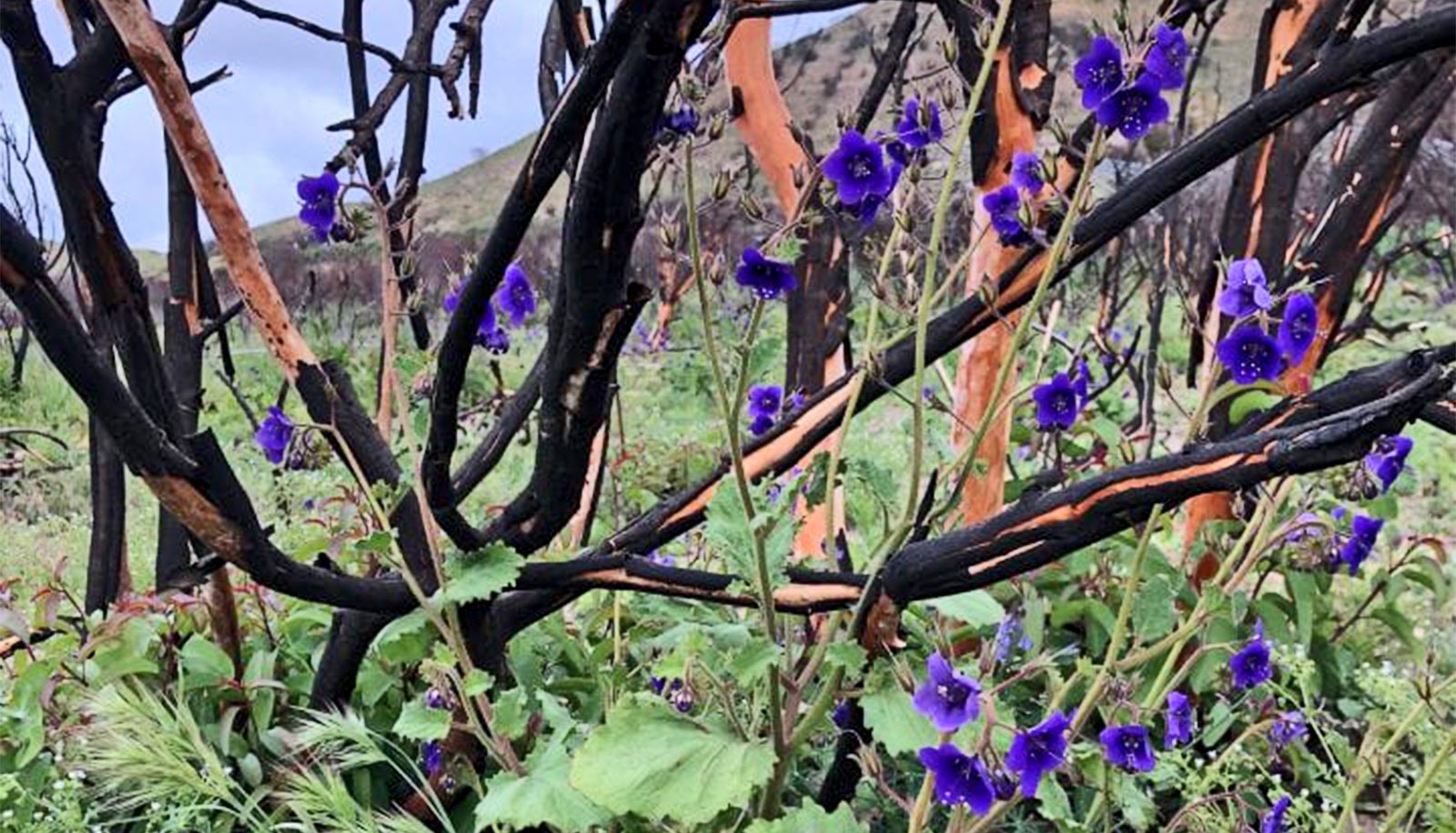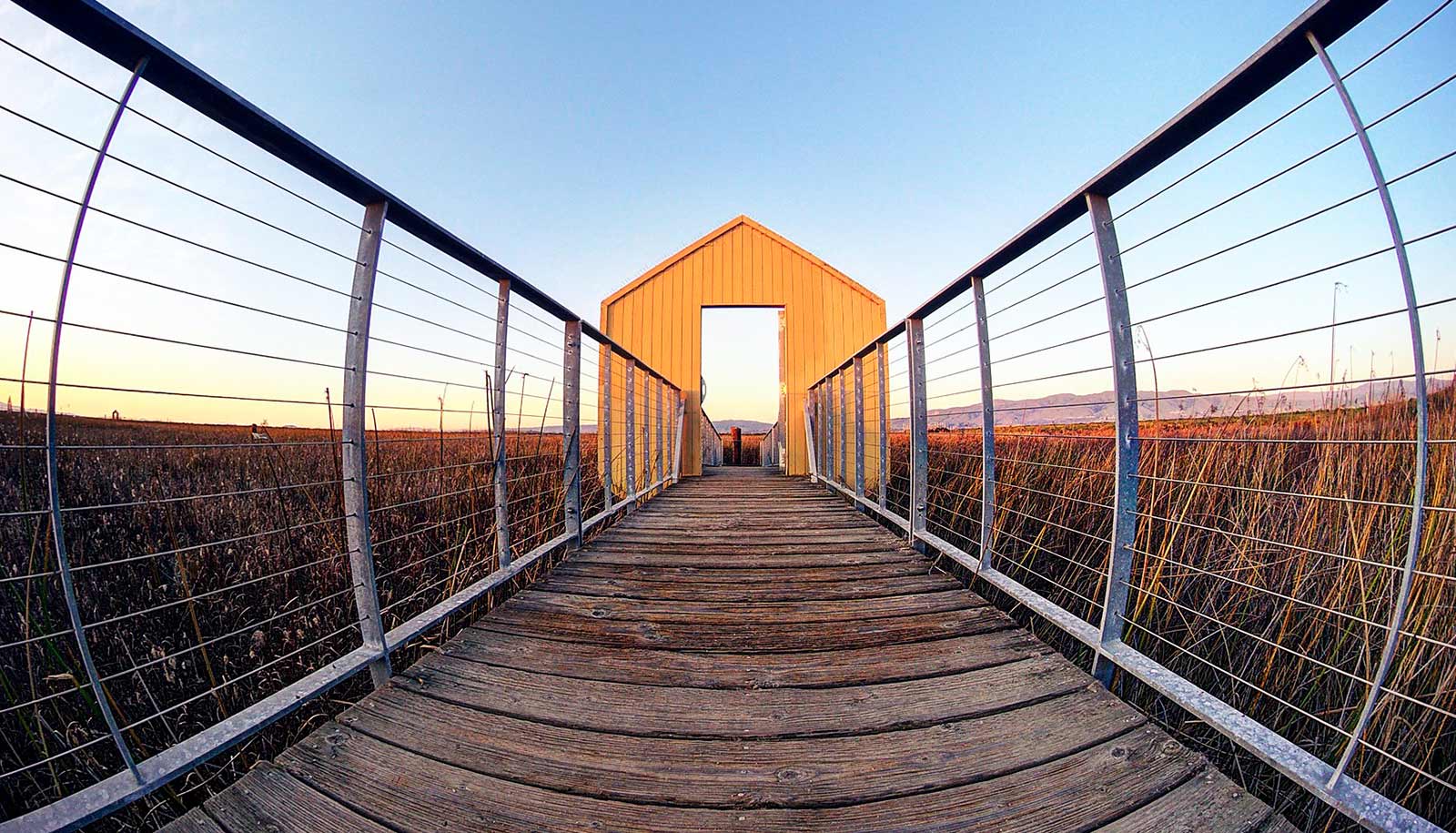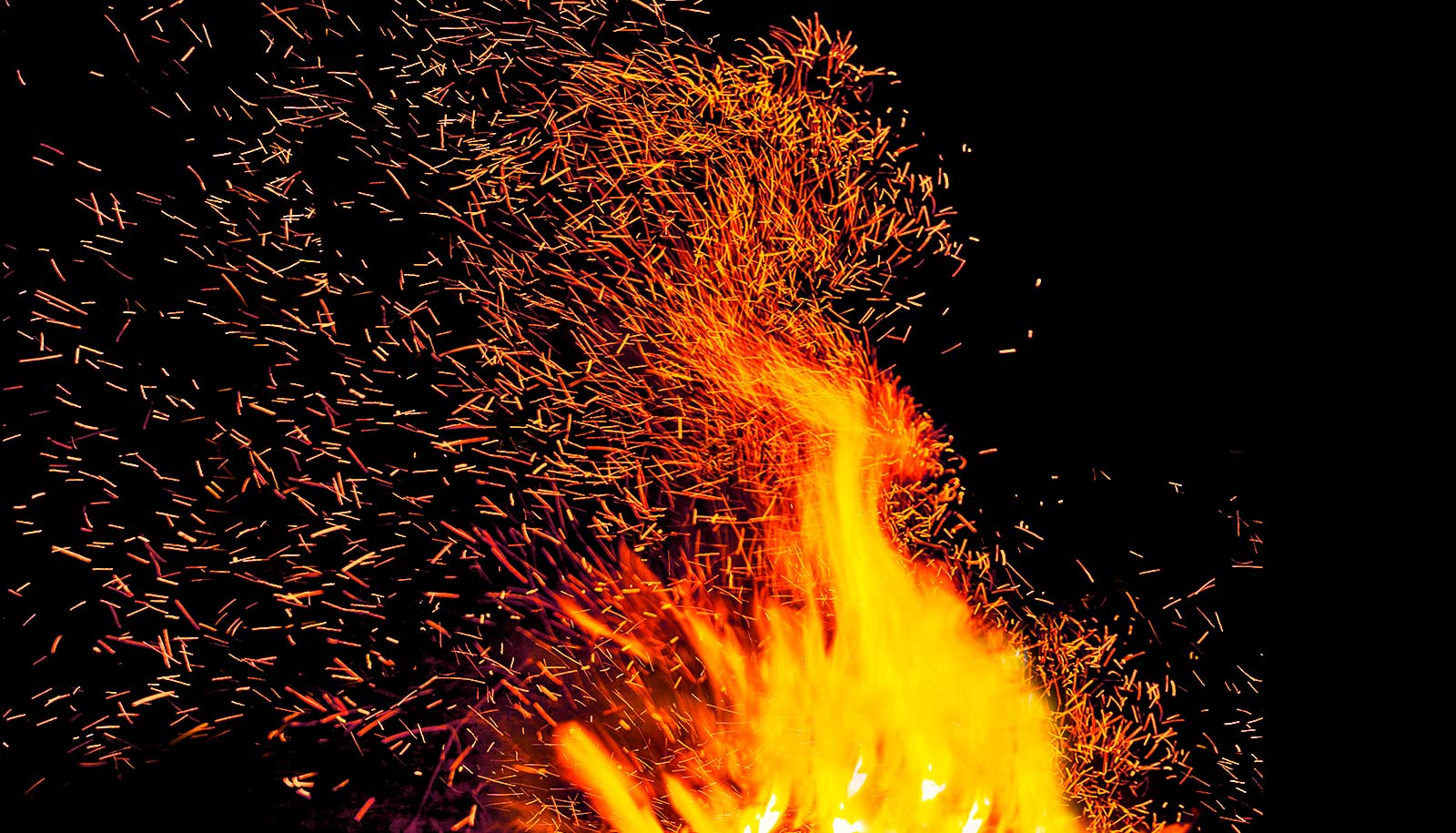A new study uncovers the intricate dance between drought, wildfires, and invasive species in Southern California’s coastal sage scrub ecosystems.
The research sheds light on the critical interplay of these factors and its profound implications for ecosystem health.
The study, published in the journal Ecology and conducted at the Loma Ridge Global Change Experiment, showcases how prolonged drought acts as a catalyst, influencing not only the severity of wildfires but also paving the way for invasive species to take center stage.
By simulating drought conditions, the study clarifies connections between climate change, wildfire dynamics, and shifts in plant communities.
Reduced fire severity associated with drought creates an environment conducive to invasive species. Non-native grasses, in particular, thrive in these conditions, potentially leading to a transformation of the landscape and abundance and diversity of native species.
The findings carry significant implications for managing these vulnerable ecosystems. The study advocates for strategies that carefully consider the frequency of wildfires and the control of invasive species post-fire. Controlled burns, commonly used in other ecosystems, are not recommended for coastal sage scrub systems, as they can inadvertently promote invasive species.
Sarah Kimball, director of the Center for Environmental Biology at the University of California at Irvine and the paper’s corresponding author, emphasizes the importance of experimental work in unraveling the dynamics between drought, wildfires, and invasive species.
“This study is unique in that replicate experimental plots were subjected to several years of different precipitation regimes prior to the wildfire, allowing an opportunity to test how a range of pre-fire weather conditions influenced fire severity and resulting plant community composition,” she says.
“We found feedbacks between invasive species and low-severity wildfire, indicating that control burns should not be conducted in this system.”
Beyond academic circles, the research holds significance for the public. As wildfires increasingly affect communities, comprehending the factors influencing their severity becomes paramount. The study prompts a reevaluation of traditional wildfire management approaches, highlighting the urgent need to address climate change for the preservation of natural ecosystems.
The Nature Conservancy; the US Department of Energy, Office of Science, Biological and Environmental Research; and the Natural Communities Coalition supported the research.
Source: UC Irvine



